
Renovations, no matter how big or small, may take a long time and cost a lot of money, especially when unforeseen changes arise at the last minute. However, we are frequently confronted with circumstances where the interior arrangement is no longer functional or when the interior design is outmoded and it is time for a change.

Giving your home a makeover doesn’t mean blowing up all your cash, and saving money doesn’t have to mean sloppy work. There are a variety of ways to revamp residential and commercial interior spaces without breaking the bank, ranging from completing the building work yourself to giving furniture pieces whole new roles.
Choosing a DIY (Do It Yourself) approach to interior remodelling could be one of the simplest and most enjoyable methods to save money. Although hiring contractors or construction workers ensures a high-quality and timely conclusion, their labour costs can be avoided or invested in other aspects of the project. If you don’t have the skillset or the free time to do the work yourself, limit your utilisation of outside help to plumbing and electrical work.

If you decide to take the DIY route, set aside one room or part of the house as a workshop for the duration of the project, and borrow tools from family, neighbours, or friends to avoid spending a lot of money on items you won’t be using very often in the near future.
Consider your surroundings. Vernacular techniques and materials are becoming more and more relevant in design due to their financial and environmental benefits, whether it is local resources, expertise, or construction methods.
Ask around and do as much research as you can before starting the job to find affordable solutions.
Eliminate.

It may not always seem visible, but sitting in a packed room surrounded by a slew of furniture and accessories on a daily basis can become overpowering, especially if the workplace is equally congested. This means it’s time to clean up the area and get rid of any furniture or décor that isn’t contributing value or has reached the end of its useful life.
The similar principle may be used to walls: if you want to add additional space or improve circulation, remove any non-loadbearing elements as much as possible.
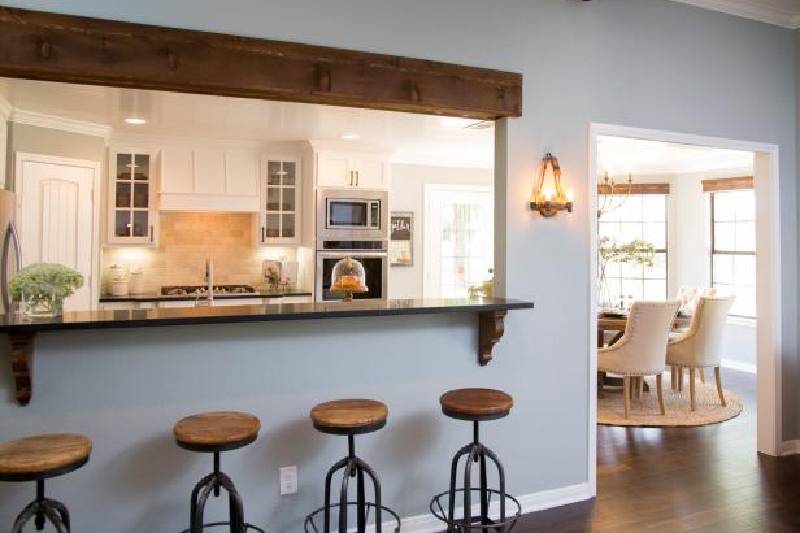
To avoid a structural calamity, make sure you know what kind of wall you’re removing by enlisting the services of a professional.
It’s also possible to save a lot of money by removing old paint and opting for an industrial look. To avoid using a lot of insulation material, keep in mind that exposed walls are better employed in interior walls rather than exterior or façade walls.
Redecorate with paint
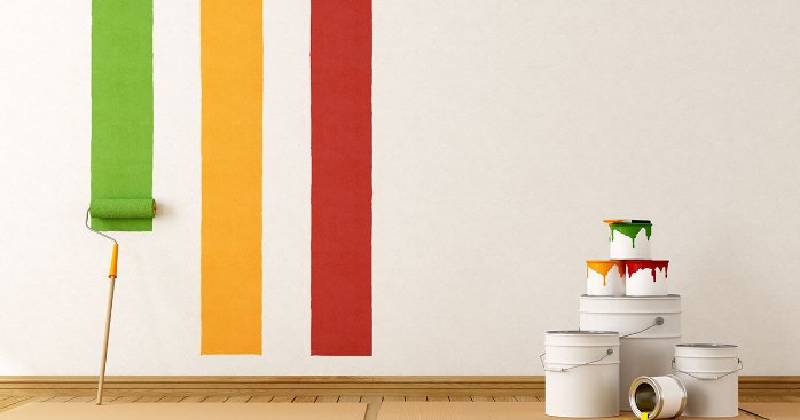
Paint is one of the least expensive and most effective ways to modify an interior space, according to most interior designers. Walls and ceilings are the first surfaces to consider repainting, with water-based paints being the least expensive option.
Keep in mind that less expensive paints may contain little to no titanium, requiring nearly three applications to provide the same coverage as one coat of pricey, high-quality paint. Changing the colour of cabinets, doors, or window frames can drastically alter the aesthetic character.
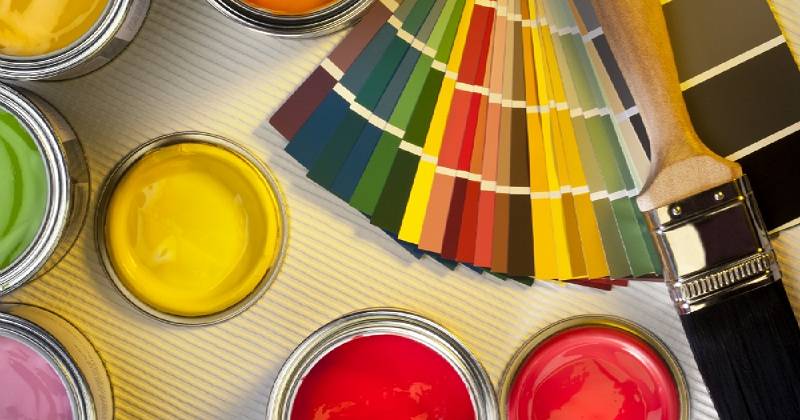
Sand the panels and prime them before repainting them with an inexpensive water-based formula or a unique chalk-based formula for a more matte look. You can also make a wood grain with the ‘faux bois’ technique, which involves dipping a natural bristle brush or a wood stencil in a deeper shade of latex paint and adding texture to the surfaces, or utilise the trompe l’oeil technique to create false granite or marble finishes.
Repainting chairs instead of buying new ones can save a lot of money, especially if they are still in good form and have a timeless style. Tiling grout is another ‘re-paintable’ design element that is often disregarded; changing the colour of tiling grouts can give the room a whole new character and visually frame the installed fixtures.
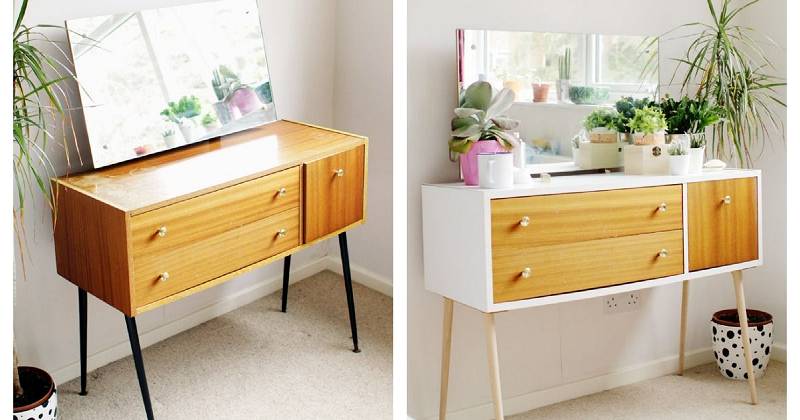
Kitchen countertops, like the walls, cabinets, chairs, and grouts, can be completely renovated by priming the surface with primer and then dabbing and blotting with sponge-like stencils or brushes to create a faux granite or marble appearance.
The final step is to apply a top coat to the surface to protect it from heat and cleaning agents. Although remodelling counters isn’t cheap, it will almost certainly be less expensive than getting a brand-new marble counter, especially if the design and texture you want is expensive.
Time to recycle.

Working with what you have is one of the most crucial techniques for renovating on a budget. With that in mind, the first item to consider is how much it will cost to repair the furniture piece vs purchasing a new one.
There are instances when purchasing a new object is less expensive than restoring or making your own, so conduct some research on what is available in the market and the various prices at which they are being sold before making a final selection.

Second, don’t throw anything away just yet. Every object has the potential to be reborn into something new, so working with what you have is the best approach to save money.
Instead of throwing out old sofas or dining chairs, you can reupholster the cushions and fabric, especially if the structure is still in good condition. If you don’t have any upcycled furniture, thrift stores and garage sales are great places to look for objects with potential.
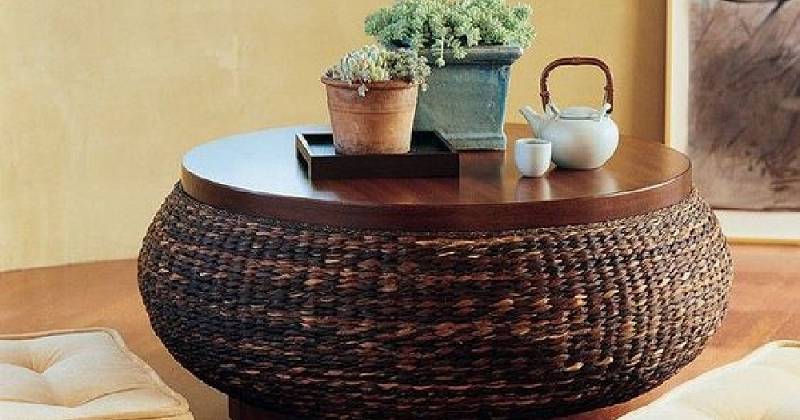
As well as modifying a piece of furniture or a fit-out based on its appearance, you may also apply the ‘form follows function’ principle by completely redesigning its function. To mention a few, old dressers may be turned into a little kitchen island, TV unit, bathroom vanity or even a baby changing table, thick ropes or leather straps can be turned into cabinet and door handles and mason jars, wooden logs or mesh baskets can be turned into light fixtures.
Similarly, you can repurpose the function of unoccupied rooms as well as the furniture that already exists in them. A rarely used formal dining room, for example, can be converted into a home office. Rather than purchasing a new ergonomic workstation and chair, use the dining table as a huge desk, reupholster the current dining chair and purchase ergonomic computer and laptop accessories.
Replacing can work.
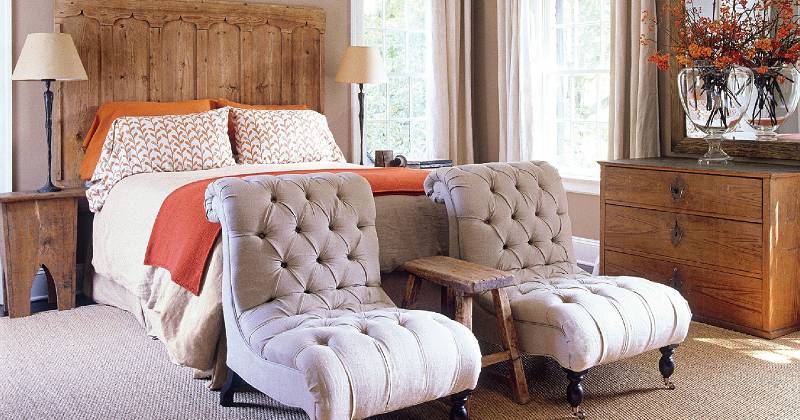
When it comes to materials and finishes, a low budget frequently means ‘refinishing rather than replacing,’ yet in some circumstances, replacing is the better option. Before you start, conduct some research or a comparison study on the many types of materials or finishes that are available. Due to where they are obtained from and how much of their composition is engineered vs solid, materials with comparable textures or finishes, they can sometimes be priced on opposing ends of the range. Consider doppelgangers like aluminium and stainless steel, glass and acrylic, and crimson-stained white ash and red oak wood.

When it comes to renovations, power outlets are frequently overlooked. These minor accents, on the other hand, can have a big impact on how the space looks. They could be the missing pop of colour or accent you’ve been looking for. Similarly, door and cabinet handles and knobs may appear to be tiny design details, but once changed, they can make a significant design difference.
Organise and reorganise
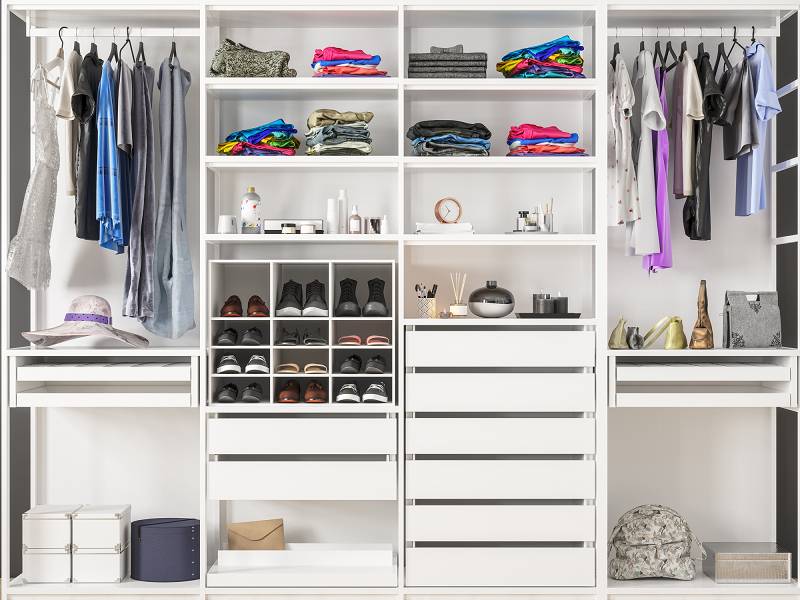
Rearrange the furniture by considering elevations rather than just plans. To make room for more storage, raise sofas or beds and build a new structural support beneath them. A room’s spatial arrangement should tell a tale about how you move around the space and what your preferences are, such as, do you want to be woken up by a flood of sunlight on your face or would you rather wake up alone and undisturbed?
Change the orientation of your bed to face away from an Eastern window instead of buying black-out drapes. Another crucial suggestion is to only move sanitary fixtures when absolutely necessary.
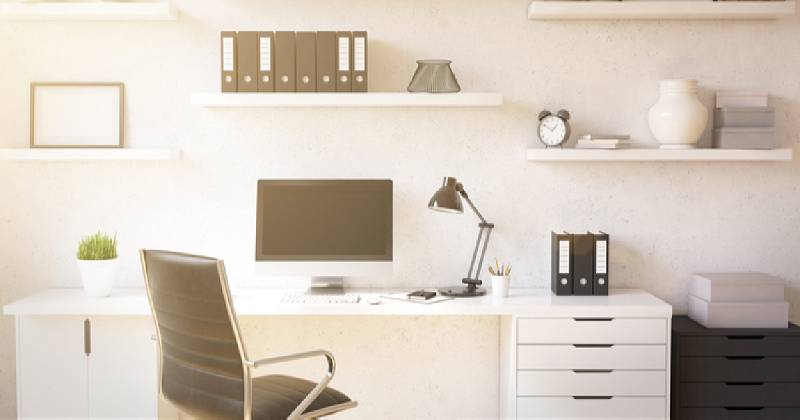
Anything that needs plumbing or electrical repair would almost certainly necessitate the assistance of an expert, which can be costly. Consider these fixtures to be immovable fit-outs that you must work around.
Addition and extension
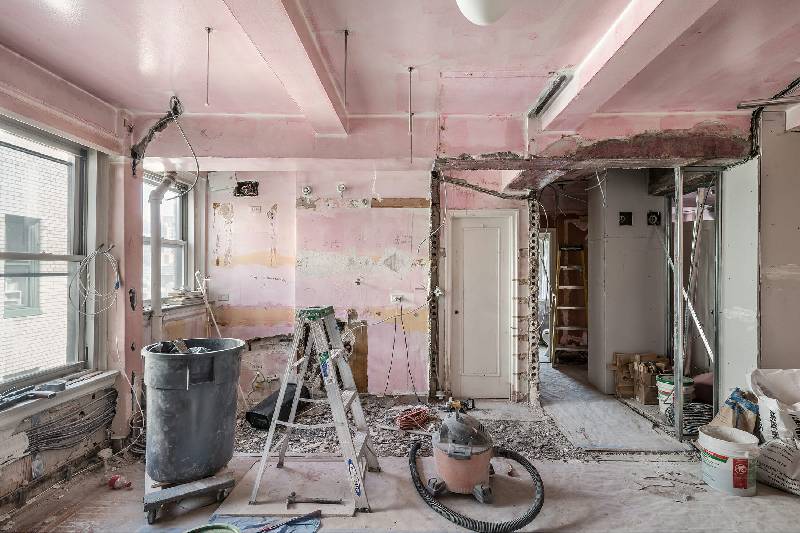
Making extensions to the area could also be part of the renovation process. Adding a backsplash behind the sink and countertops to a kitchen and occasionally a bathroom, can completely transform the look and feel of the area.
While there are many inexpensive tiling options, there are also numerous inexpensive backsplash solutions, such as mosaic tiles, peel-and-stick vinyl tiles, waterproof wallpaper, varnished wooden panels, tinted glass, brick and waterproof paint. Some of these tend to be on the costly side.
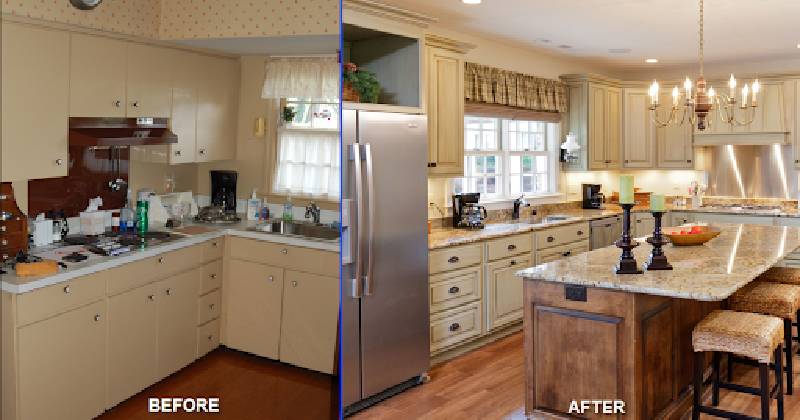
Using wallpapers, hand-drawn murals, stencil art or extruding the wall into a 3D surface by glueing wood panels or bars to the wall and painting the entire surface with a solid colour to create a sense of depth can be a refreshing solution for the dullness of your old room.
Decorate the space by adding one or more accent walls throughout the areas that are being renovated.

Adding partitions made of low-cost and lightweight materials such as wooden beams, bamboo, plywood, hollow glass cubes or clay blocks, materials that are easy to work with and install, is a better alternative to building walls to create additional enclosed rooms.
Finally, rather than ripping out the old flooring and replacing it with new, utilise a peel-off flooring solution, which is a practical, economical and long-lasting option that doesn’t require grout or special tools.
Several manufacturers have developed peel-and-stick vinyl tiles that look almost comparable to natural or engineered flooring materials like wood, marble, and even concrete, making them an excellent choice.

Post Your Comments